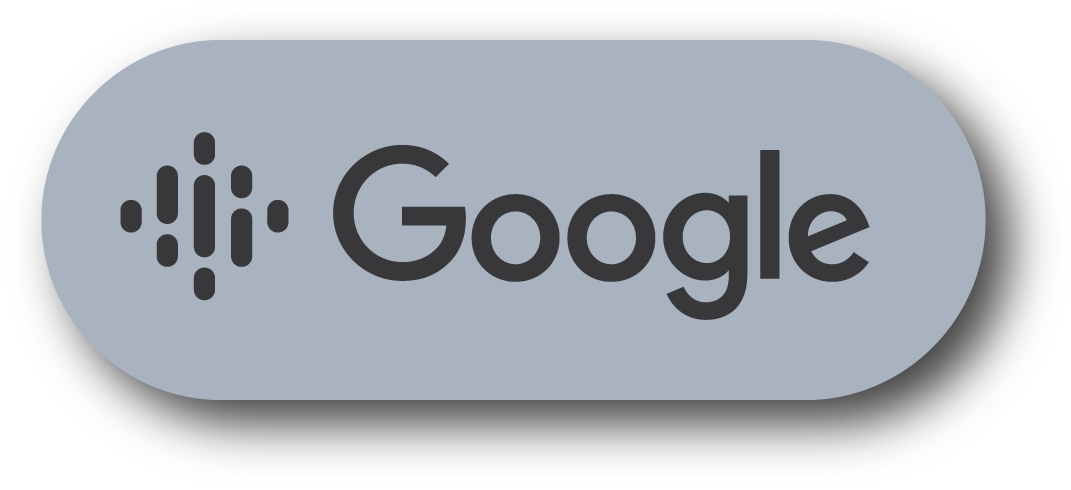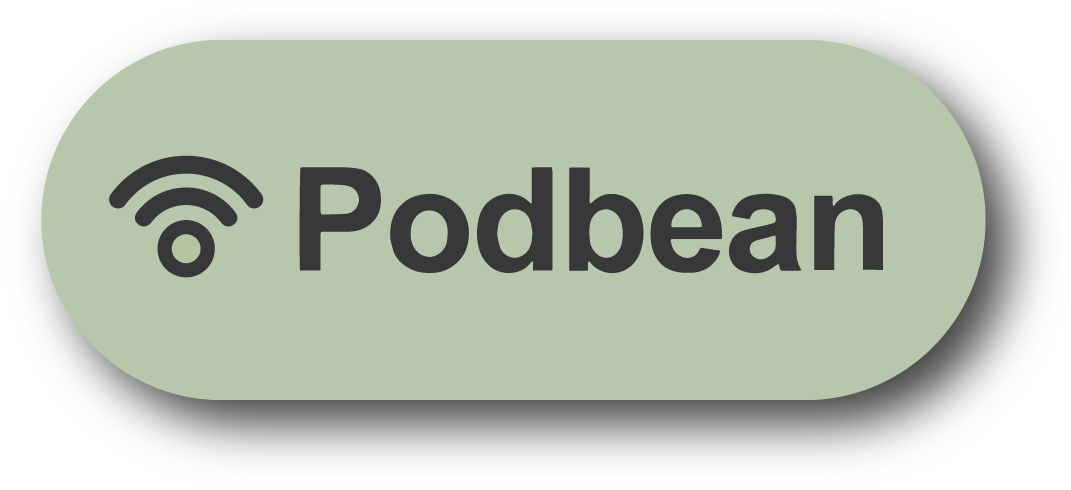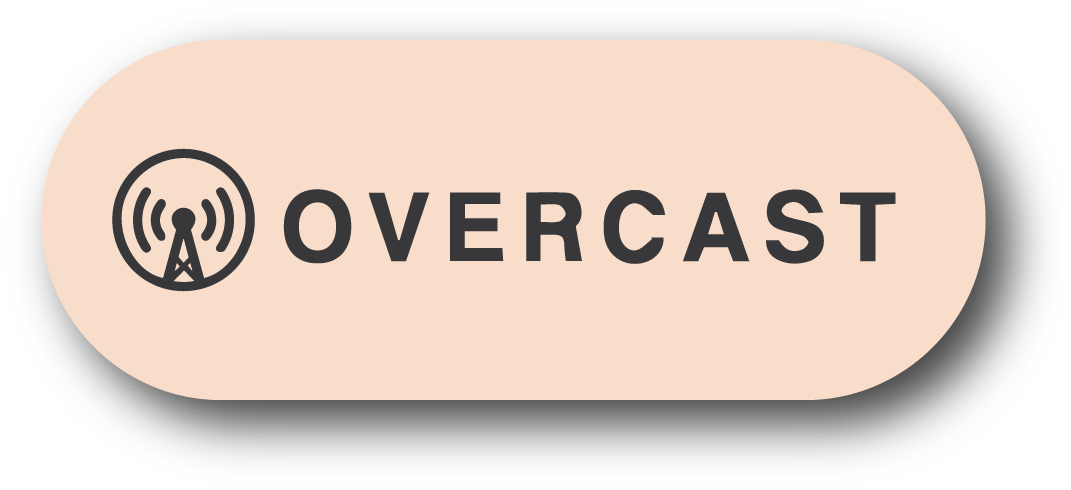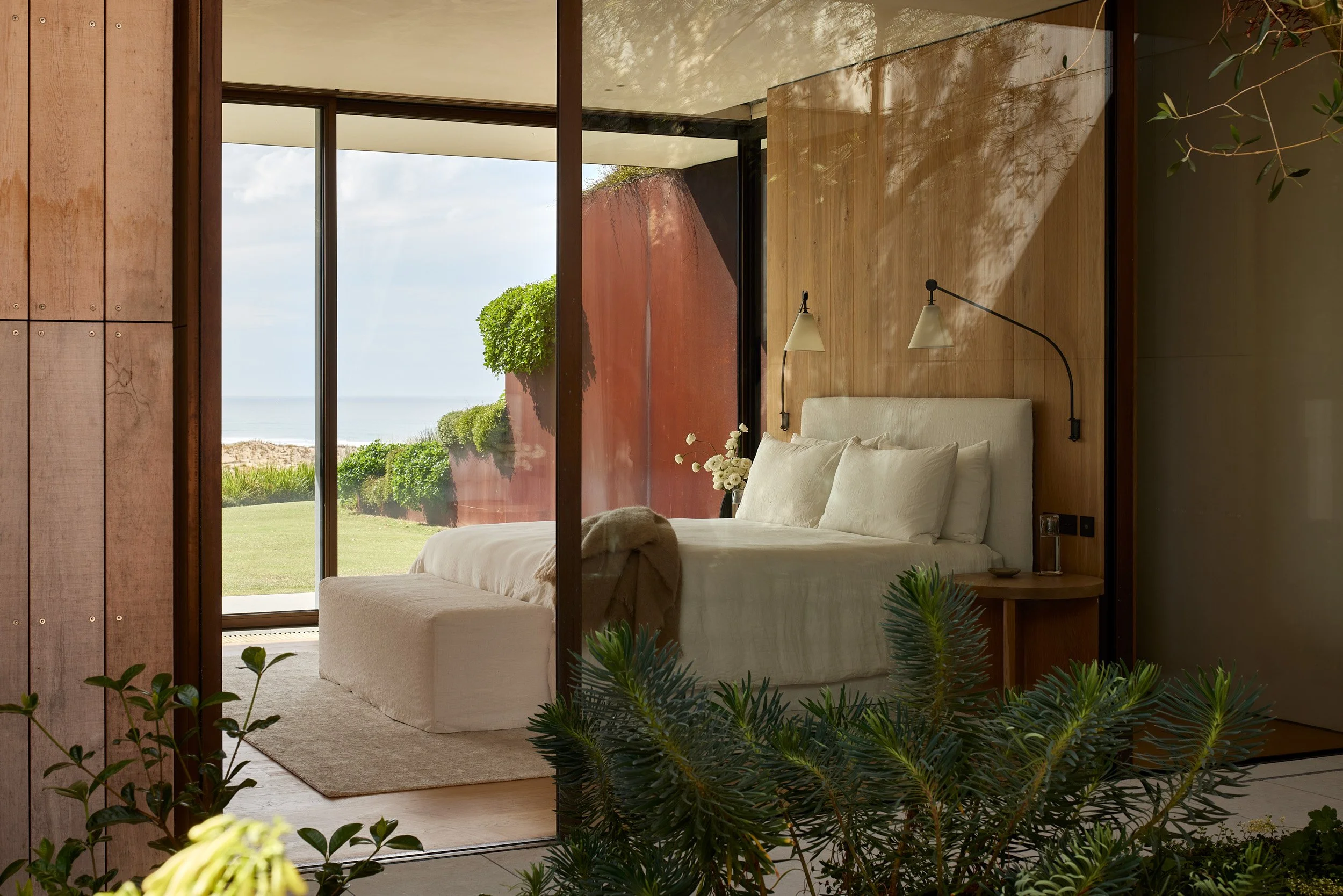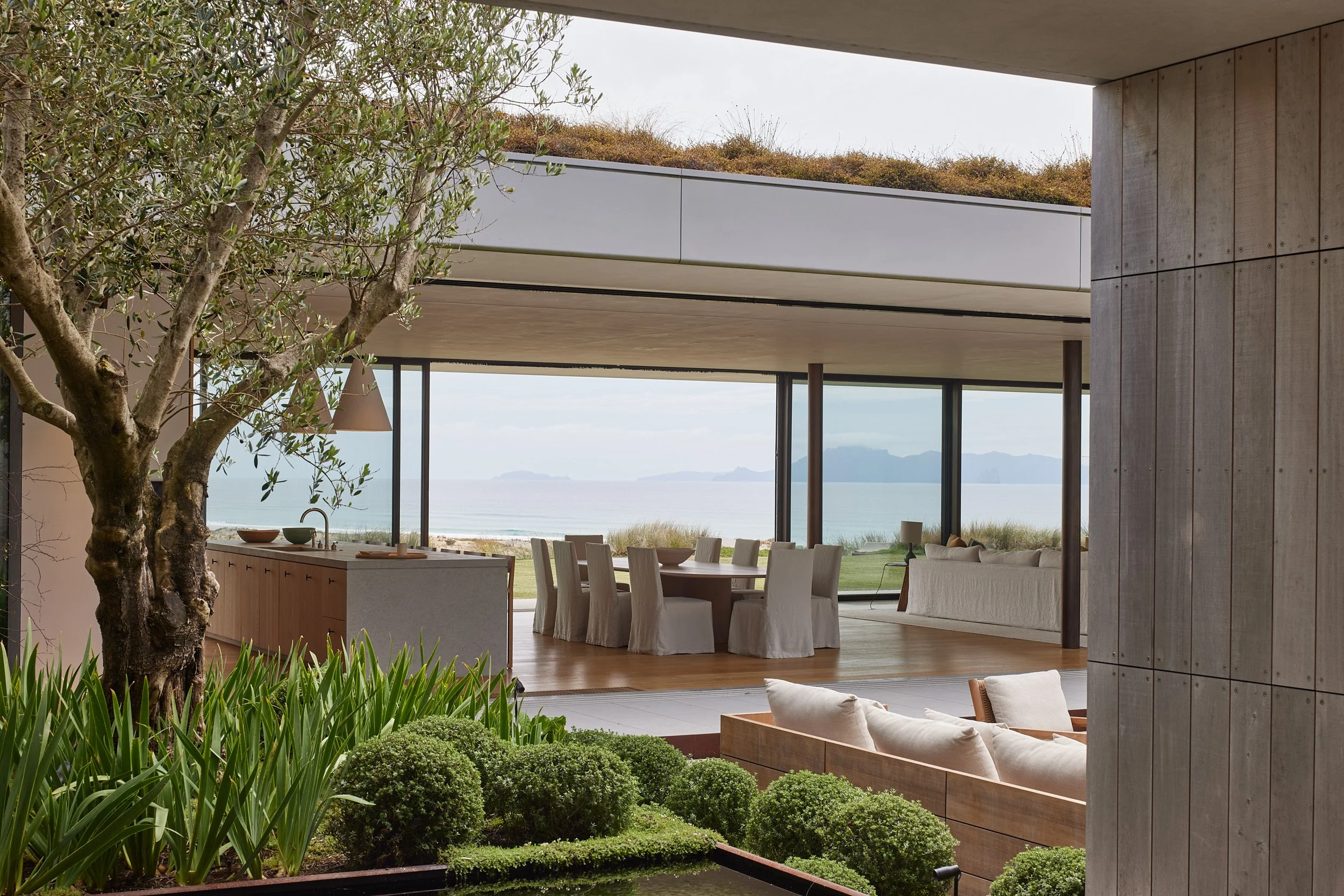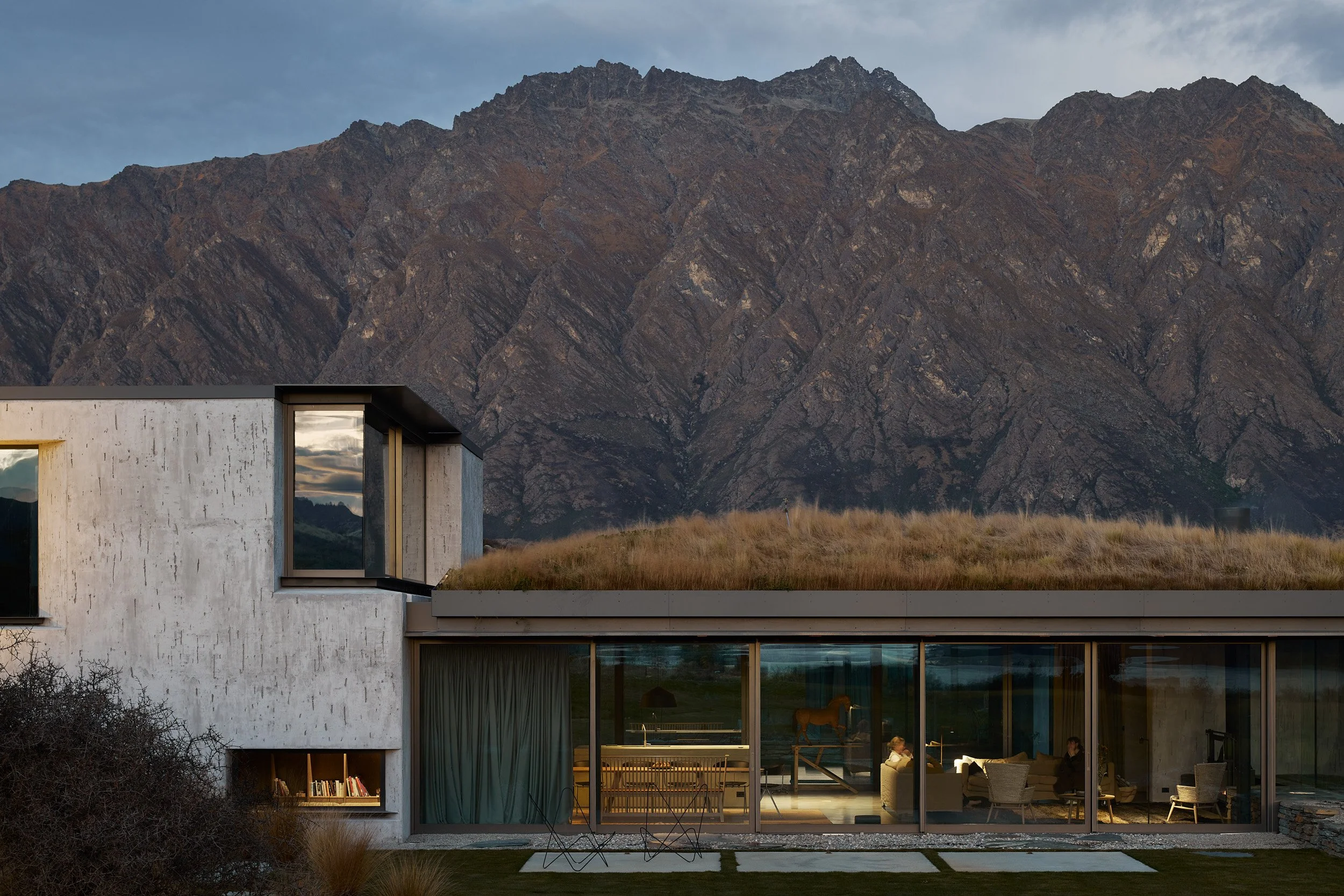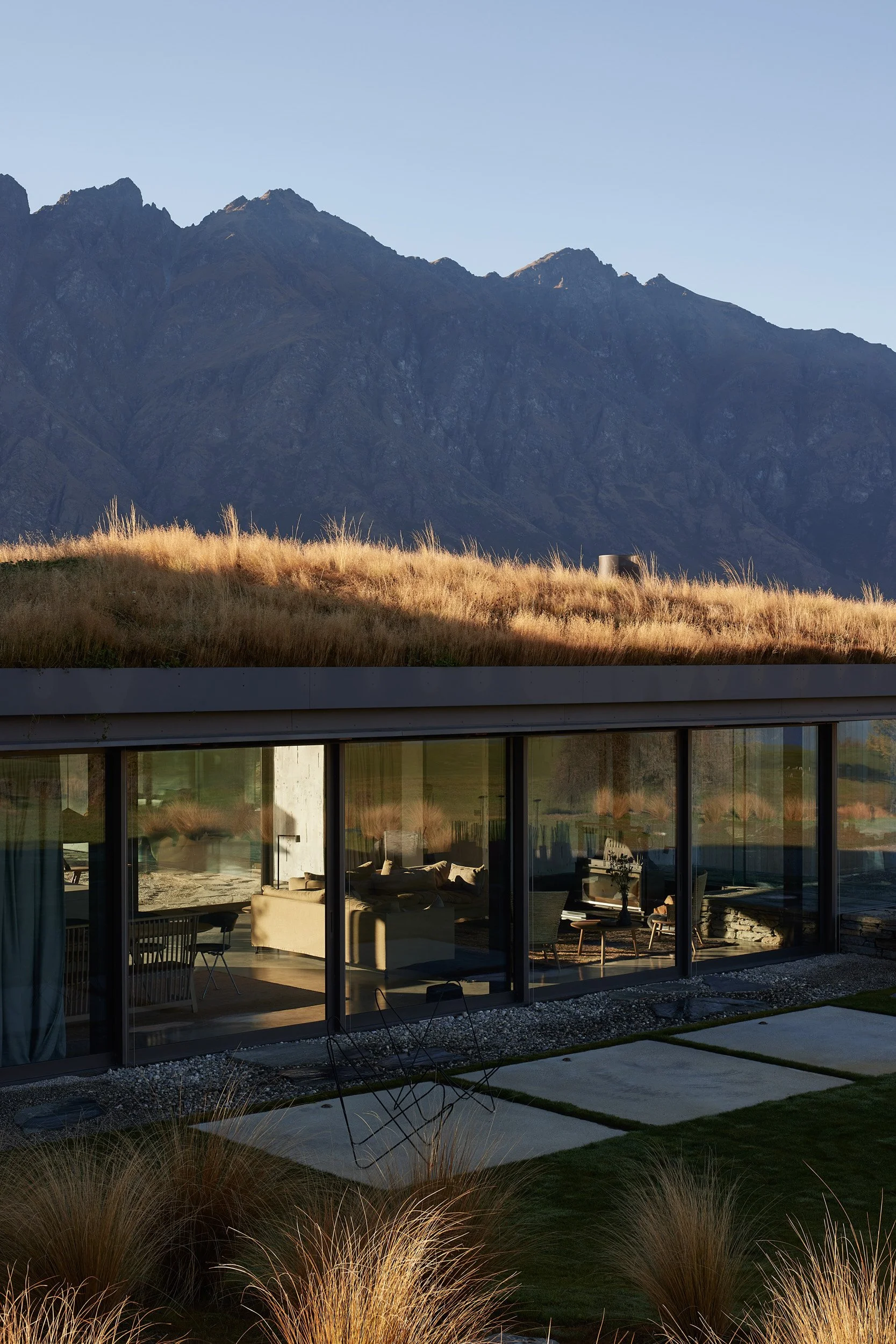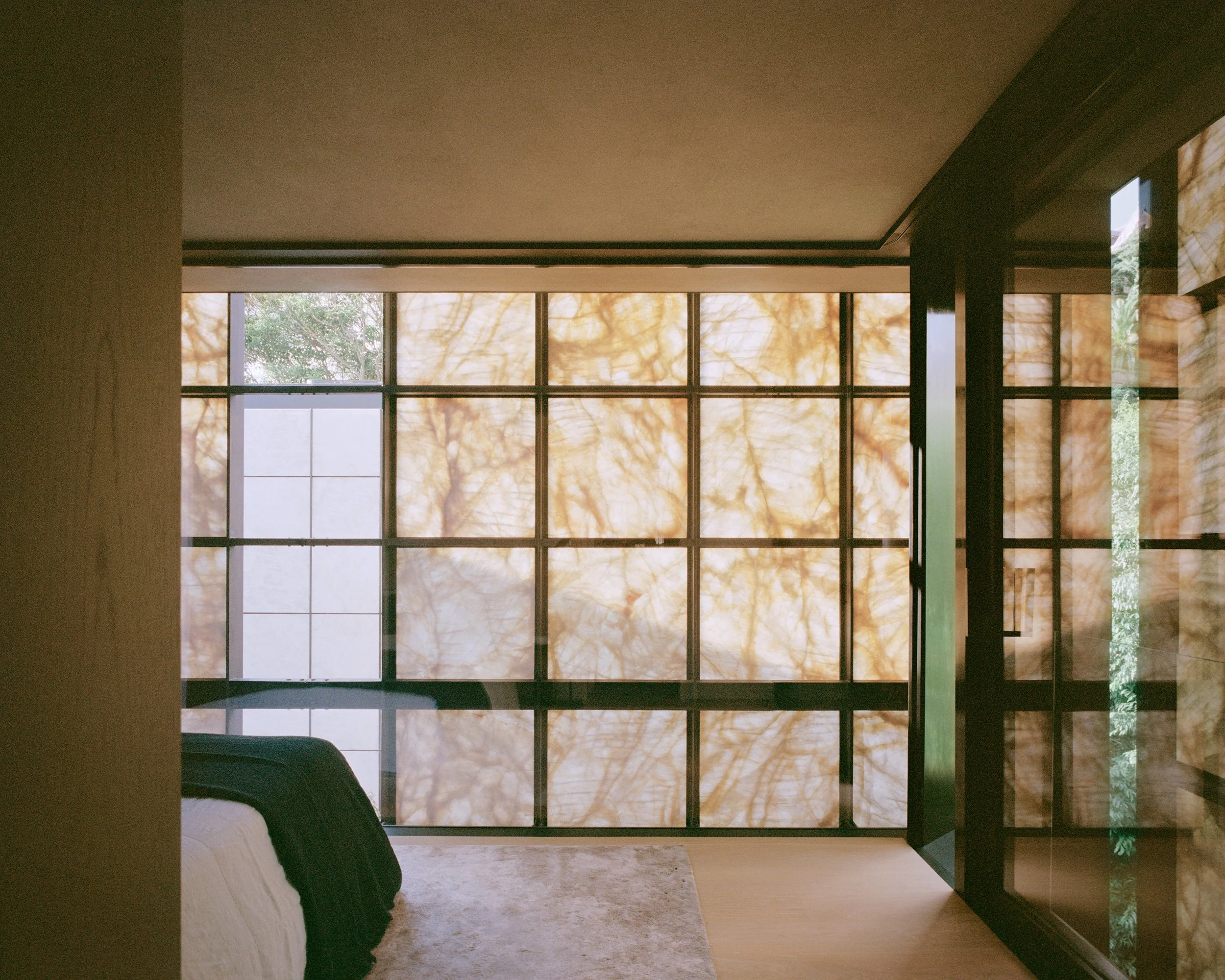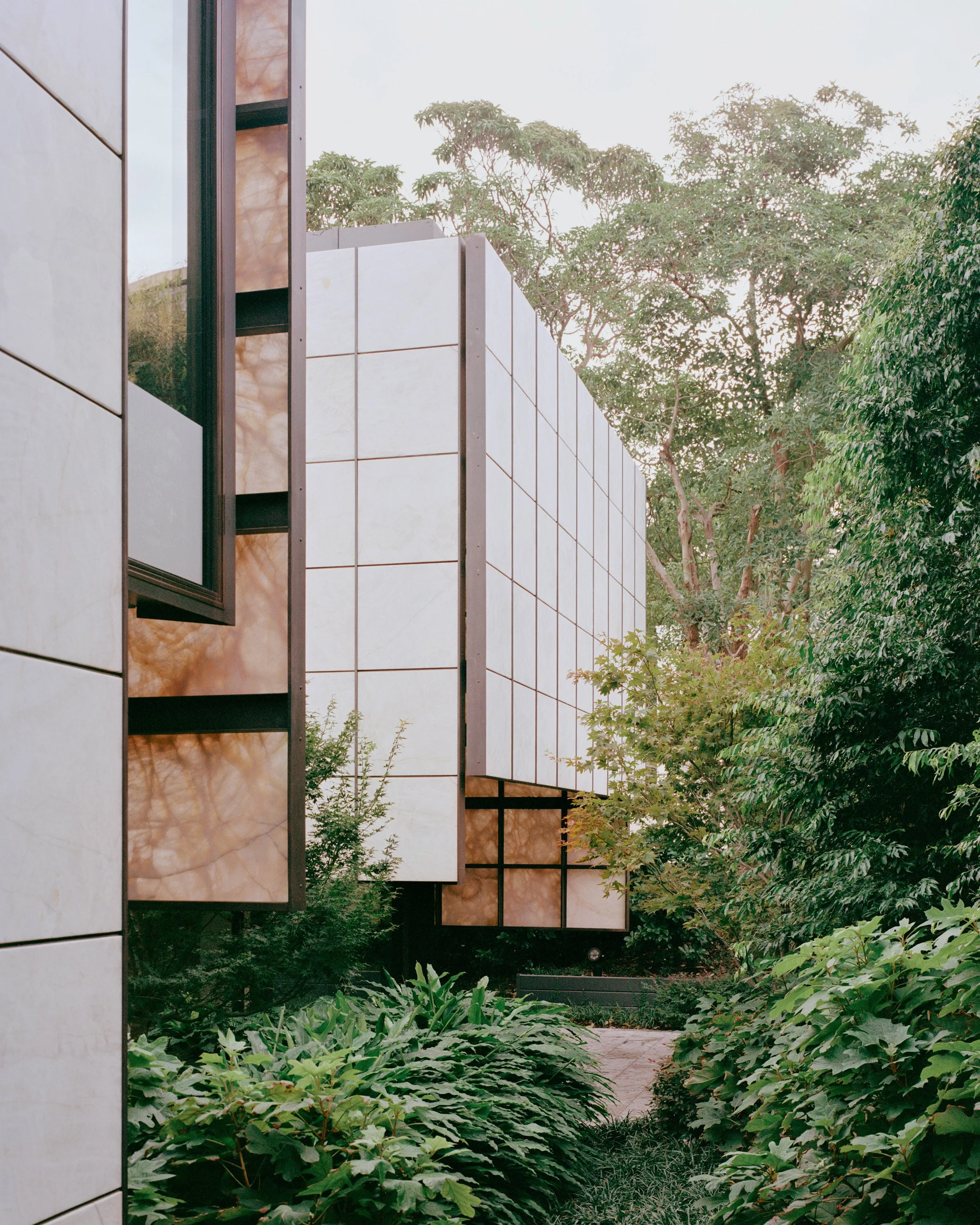#476 - TIM HAY, Co-Founder of Fearon Hay
SUMMARY
This week David and Marina of FAME Architecture & Design are joined by Tim Hay, co-founder of Fearon Hay. The three discussed the visibility of architecture ideas & process, realities of achieving architecture design, the business of architecture practice, architecture community helping young architects, Fearon Hay studio size and operations, local vs international projects, client relationships, working on different project types, architects in public policy and development, what Tim would do instead of architecture, his favorite building, and more. Enjoy!
ABOUT TIM
Fearon Hay is a design-led studio undertaking a broad range of projects in diverse environments, the firm is engaged in projects on sites around the world.
Tim hay and Jeff Fearon founded the practice in 1998 as a way to enable their combined involvement in the design and delivery of each project. Together, they lead an international team of experienced professionals.
The studio approaches every project with a commitment to design excellence, a thoughtful consideration of site and place, and an inventive sense of creativity. Fearon Hay enjoys responding to a range of briefs: Commercial projects for office and workplace, complex heritage environments, public work within the urban realm or wider landscape, private dwellings, and detailed bespoke work for hospitality and interior environments.
TIMESTAMPS
(00:00) Visibility of architecture ideas & process.
“These small physical models are such visual tools. I find when they're sitting in my peripheral vision, and it might not be what we're working on at that time, but the visibility of them means that those moments where your mind or your eyes wander, you capture a glimpse of them, you look at it, pick it up, rotate it, and you think about it. You participate in a process of design that I don't think happens in the digital modeling world. I remember seeing the images of Frank Lloyd Wright's studio with screeds of paper and people drawing, the visibility of the production and working was incredible because there was a sense of visible creation.” (08:03)
(16:49) Realities of achieving architectural design.
(21:08) Business of architecture practice.
(31:23) Architecture community helping young architects.
(36:20) Fearon Hay studio size & operations.
(40:08) Local vs international projects.
“We go beyond just trying to understand what the client wants. We want to know everything about the area. We bring a set of thinking and ideas that are unique because of where we are from [New Zealand]. As we export that thinking. There's this sensitivity to being an outsider and needing to learn, not just through online research, but forming relationships, meeting people and other architects, the openness and the giving that we are so lucky to receive. When we find ourselves in these different places, we dive into so many different parts of it to try and understand it. Building this foundation for the design and creative process is a really important part of feeling confident to design in those places, because we haven't been blasé or naive. We have invested in the place.” (44:42)
(48:46) Client relationships.
(56:15) Different project types.
(01:06:04) What would Tim do instead of architecture?
“There are the best parts of the cities and the parts that aren’t fantastic. You think about what would make that place better. What's missing? Sometimes it’s not significant things, maybe it’s bits of missing infrastructure. If part of what we do in the future is seeing these issues and actually being responsible for initiating development solutions or opportunities that enhance cities or communities, that fascinates me. We're not just waiting for someone else to come up with the idea and take that initiative. We can start looking at problems that exist and opportunities to make places greater.” (01:10:17)
(01:15:44) Architects in public policy & development.
“People talk about education and how you would bring up a child in the best possible way. If they apply that sort of thinking and sensitivities to cities, you'd say, “Oh my God, it's terrible. This child can't grow. It's awful. It's got no ability to imagine a future because of the constraints.” The world has a lot of pressure at the moment, so many problems to be solved. But if there was a sense of opportunity and optimism, so that the places that we all lived in had a sense of exciting vision for the future, 30, 40, 50 years from now, so that our children and their children have a sense of where it might go. Those visions don't really exist.” (01:16:36)
(01:27:31) Tim's favorite building.



